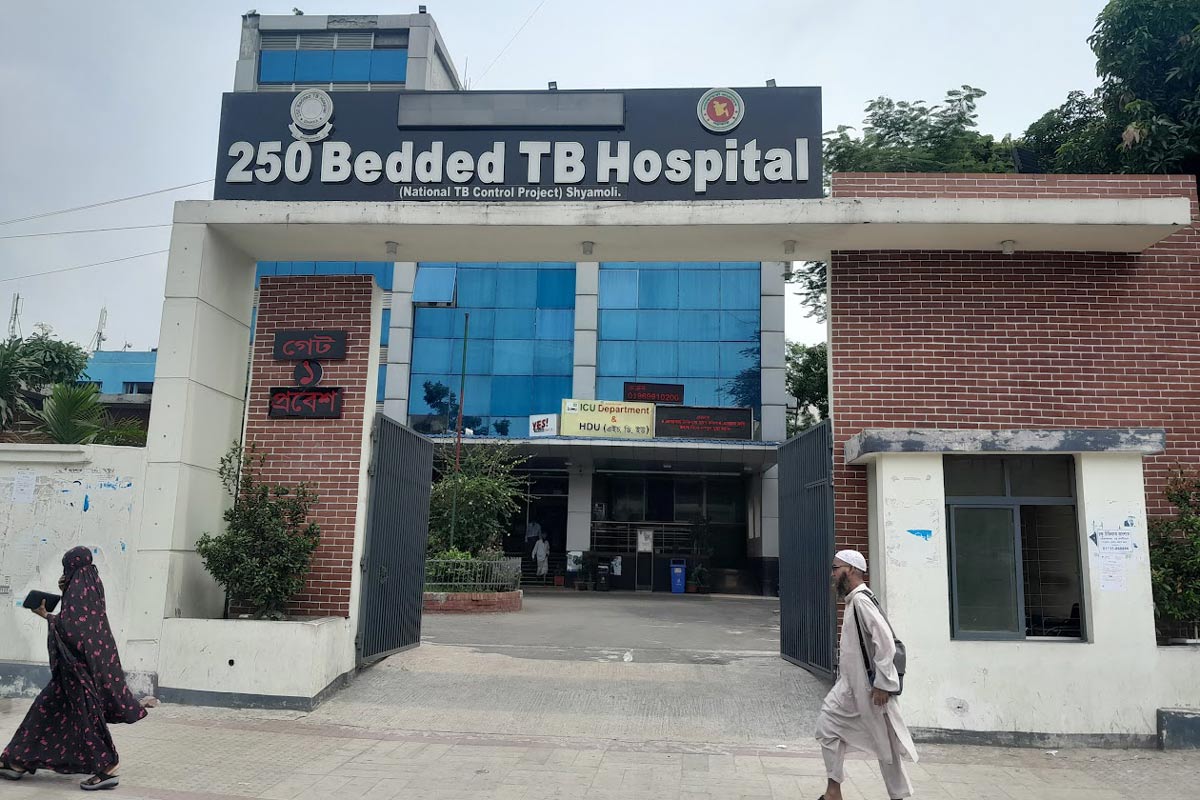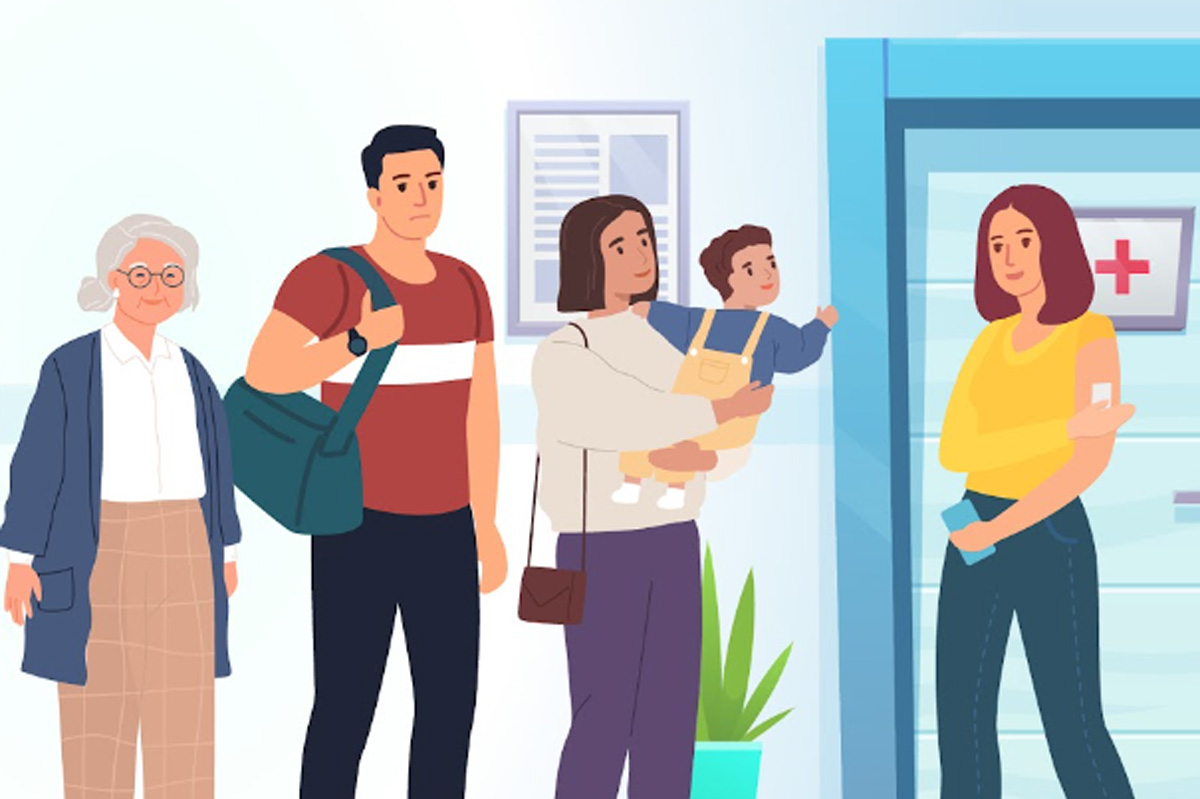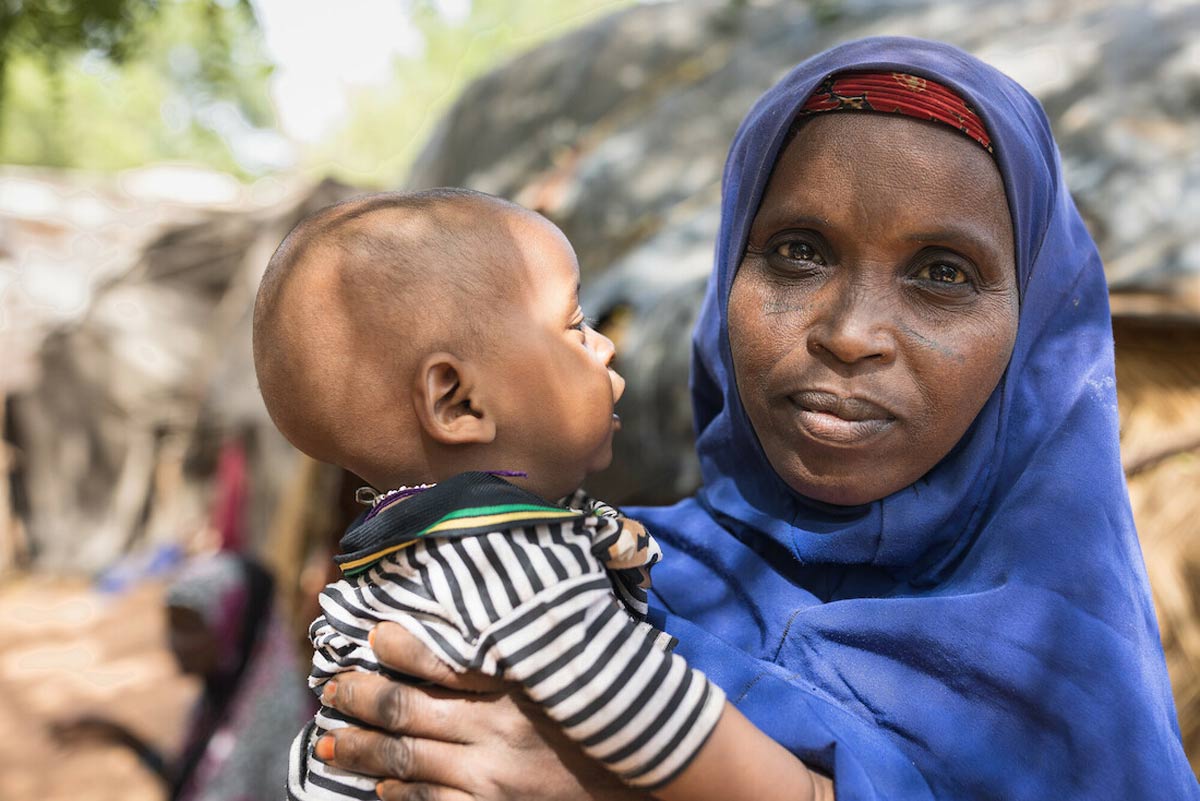Dr. Patrick Ngou, Resident Paediatrician, Faculty of Medicine, Yaoundé, Cameroon.

A little girl handles her immunisation record while waiting for her vaccines in Cameroon. Credit: D.Rowe/Gavi.
What do we know about immunisation? We know that it is one of the most cost-effective health interventions available today. We know that immunisation has played a significant role in advancing reductions in under-five mortality and morbidity globally. We know that many countries, including my country Cameroon, now have access to life-saving vaccines that were unavailable or inaccessible a mere decade ago. On the flip side, we know that an estimated 22 million children go unimmunised on an annual basis. We know we need to improve coverage and equitable access to vaccines and we know we need innovative approaches to reach the un-reached – as such, demand generation and increased community engagement have to be central components.
I am working as a resident paediatrician at the Faculty of Medicine in Cameroon. I have observed both successes and challenges related to expanding immunisation programmes. As paediatricians we are uniquely positioned to interface with parents and community members bringing children for immunisation. We need to use that opportunity to understand better what is working or not from a health service and communications perspective.
In Cameroon, there are numerous obstacles related to health service delivery, including immunisation. We have over 250 local languages across the country making access to and understanding of health information very challenging. We also have a highly mobile population which means that community members are not accessing services at fixed points. These external factors, that directly affect health service provision, highlight the importance of focusing on demand generation and community engagement.

Patrick does some community outreach. Credit: Dr Ngou.
As we look forward at mechanisms to increase coverage and equity in immunisation we must look beyond health facilities and identify ways to increase health promotion and communication at a community and household level. Late care seeking behaviour reiterates the importance of increased awareness-raising at a community level. It is critical that community members are well informed on the value of vaccines, as enhanced education will be an empowerment tool for improving both prevention and care seeking behaviour. We need to take health care to the community and we need to understand health-related bottlenecks and challenges from the end-user side. If we are able to bridge the divide between the health facility and the household we will be able to organise health services that are responsive to needs and are driven by a bottom-up approach.
In Cameroon we witness every-day that a one-size-fits-all model to immunisation service provision is not effective. While we have made some promising advances related to improving immunisation coverage we need innovative approaches in order to reach both under and un-immunised children.
An increased focus on demand generation with community engagement and empowerment at its heart will ensure that we are able to adapt services accordingly, increase health promotion and ultimately strive for continued improvements in under-five mortality and morbidity.






